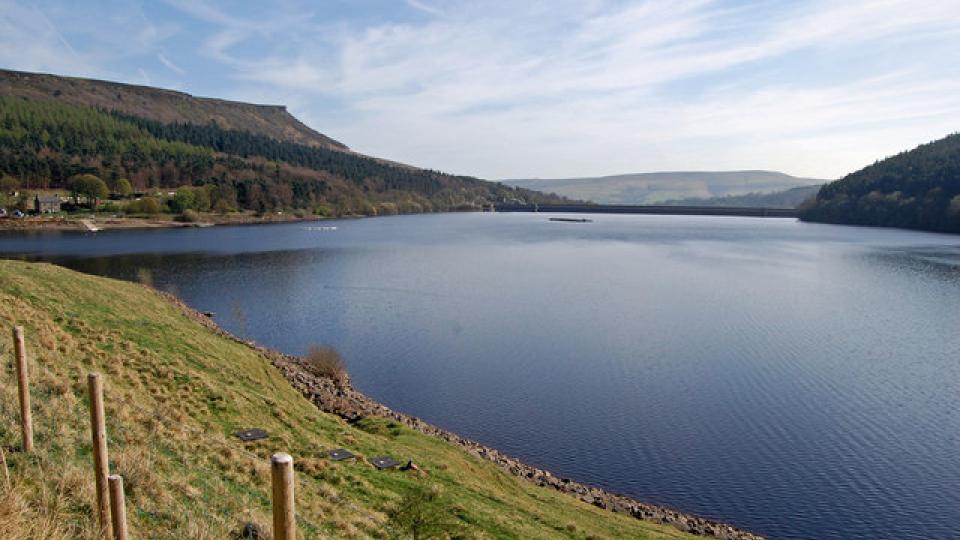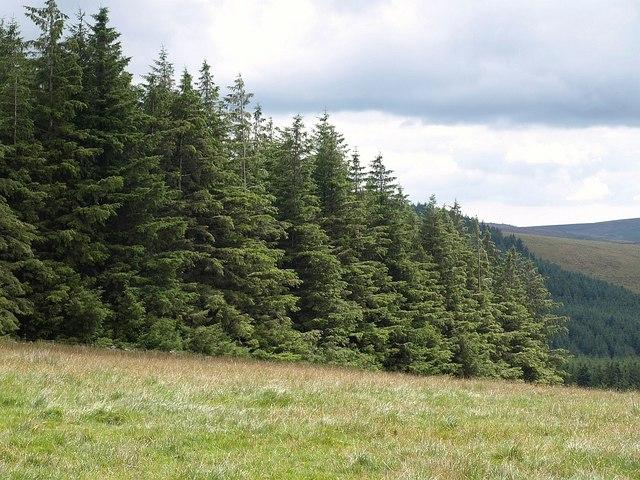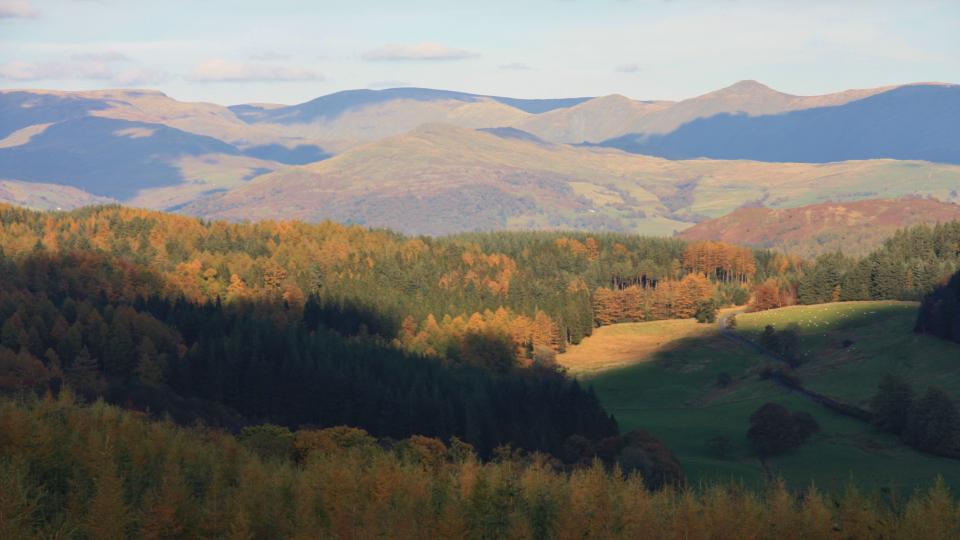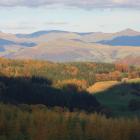Historians tend to define the British state between 1945 and 1979 in terms of the general acceptance of the radical reforms brought about by the Labour governments of 1945-51. These included the creation of the National Health Service, the enhancement of social security provisions and the nationalization of about 20% of the British economy. Much has been written about the establishment of the “Welfare State,” the “post-war consensus” and the workings of the “mixed economy”—and, of course, its later unravelling.
Less noticed in general histories but equally a part of that social democratic moment was the passage of the National Parks and Access to the Countryside Act in 1949 and the development of “cheap food” policies through state-subsidised agricultural intensification. The Labour Party had been committed to the creation of national parks since the Addison Committee reported in 1931. Post-war planning by the all-party coalition governments of 1939–45 saw the question revisited and Labour’s commitment renewed. Few seriously believed that national parks in England and Wales could take the form of the US parks, particularly with respect to the wilderness reserves. This was partly because most non-urban land in Britain was privately owned and put to some form of agricultural use, but it was also generally understood that the most valued landscapes had been created and were maintained by traditional agricultural practices, especially grazing regimes.

Ladybower Reservoir in the Upper Derwent Valley
Ladybower Reservoir in the Upper Derwent Valley
Photo: Ken Bagnall 2011. View original source.
 This work is licensed under a Creative Commons Attribution-ShareAlike 2.0 Generic License.
This work is licensed under a Creative Commons Attribution-ShareAlike 2.0 Generic License.
Nature conservation, generally considered to be the preservation of existing flora and birdlife, was a part of this agenda and the passage of the National Parks Act also saw the establishment of Nature Conservancy, a state agency tasked with classifying and acquiring National Nature Reserves, designating Sites of Special Scientific Interest, and advising local and national government on the consequences for nature of any planning proposal. In contrast to the amateurish National Parks Commission, the Conservancy employed trained specialists and built close relationships with the universities.
In essence, the 1949 legislation created a new planning designation and within the park borders, planning decisions had to take account of the amenity interest and the recommendations of Nature Conservancy. In practice, protecting the existing natural state of the parks proved secondary to preserving and enhancing their “amenity” value to the general public. Extending rights of public access was central to this agenda, though voluntary agreements between the new park authorities and the landowners rather than state diktat was the modus operandi. Moreover, it was quite plausible to argue that building a reservoir in a National Park enhanced its amenity status.

Edge of Fernworthy Forest
Edge of Fernworthy Forest
Photo: Derek Harper 2010. View images source.
 This work is licensed under a Creative Commons Attribution-ShareAlike 2.0 Generic License.
This work is licensed under a Creative Commons Attribution-ShareAlike 2.0 Generic License.
The weakness of the designations gradually became clear. Changes in land use related to farming, including the introduction of large-scale conifer plantations, was not covered by planning law and neither the park authorities nor Nature Conservancy could prevent the implementation of ecologically transformative practices. Only in the late 1960s did concerns begin to be voiced about the effect on natural life within and outside the parks of state-subsidised chemical fertilizers and pesticides as well as the grubbing up of hedgerows. Instead, what really troubled the self-appointed guardians of the parks was intensified leisure use, particularly the kind that was facilitated by the rise of mass car ownership. This was particularly evident during the “Countryside in 1970” conferences of the 1960s, despite their main sponsor being Nature Conservancy. Early park enthusiasts had imagined the hiker with a knapsack, not the motorist with a picnic and a noisy transistor radio. All of this was reinforced by post-war anxiety about population growth and world food shortages. Widening roads, improving signage, building car parks, erecting public conveniences, and granting more licences for ice cream vans could be seen as either a pragmatic response to a local problem or prophetic of the impending deluge.
View image | gettyimages.com
The paradox is clear. The social democratic moment helped transform some of Britain’s most celebrated landscapes into widely promoted sites of leisure, their success seemingly posing a threat to their purpose. The once notorious smog and traffic jams of Yosemite National Park had a more modest cognate in the Austins and Vauxhalls clogging up the narrow lanes of Dartmoor or the Lake District. It took a while longer for concerns to be raised about the effect of state-subsidised agricultural intensification—that other neglected component of postwar social democracy—on the ecological health of the national parks.
How to cite
Kelly, Matthew. “National Parks in Britain: The Social Democratic Paradox.” Environment & Society Portal, Arcadia (2015), no. 7. Rachel Carson Center for Environment and Society. https://doi.org/10.5282/rcc/6921.
ISSN 2199-3408
Environment & Society Portal, Arcadia
 This work is licensed under a Creative Commons Attribution-NonCommercial-ShareAlike 4.0 International License.
This work is licensed under a Creative Commons Attribution-NonCommercial-ShareAlike 4.0 International License.
2015 Matthew Kelly
This refers only to the text and does not include any image rights.
Please click on the images to view their individual rights status.
- MacEwen, Ann, and Malcolm MacEwen. National Parks, Conservation or Cosmetics?. London/Boston: Allen & Unwin, 1982.
- Sheail, John. Nature in Trust: The History of Nature Conservation in Britain. Glasgow: Blackie, 1976.
- The Nature Conservancy, ed. The Countryside in 1970. Proceedings. London: H.M. Stationery Off., 1964.









